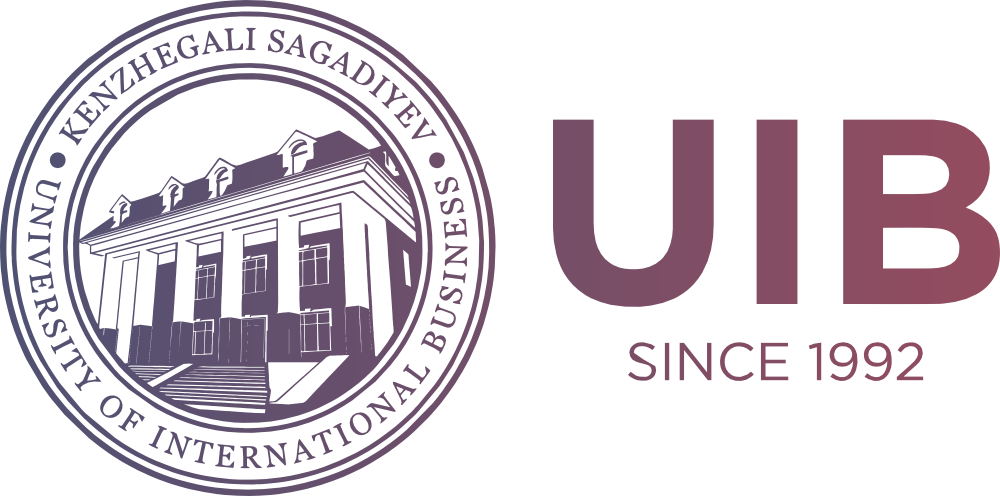Analysis on State of Mortgage Lending for 2016-2020 in the Republic of Kazakhstan
DOI:
https://doi.org/10.47703/ejebs.v1i63.77Keywords:
mortgage, mortgage lending, housing, mortgage lending market in Kazakhstan, mortgage portfolioAbstract
It is significant to resolve important socio-economic tasks such as increasing the availability of housing for the population, increasing the share of housing owners in order to stabilize society. To provide solutions, there is a necessity to form a market housing financing system that meets the competitive demand of the population for housing. The main directions of worldwide recognized long-term financing of housing construction are mortgage lending and the system of construction savings. Therefore, for Kazakhstan, the effective formation of the mortgage lending system is one of the priorities of housing policy. At the current stage of Kazakhstan's development, the mortgage lending system is the most important direction for the development of long-term housing financing. International experience depicts that the development of mortgage lending brings maximum benefits for the state and the country's economy as a whole. This is explained, first of all, by the fact that it affects problems of a housing nature and is quite significant on the part of the social policy of the state. Taking into account the multilateral socio-economic effect of the development of the mortgage lending system, this problem is presented as particularly relevant for Kazakhstan.
Moreover, it is essential to study the current results of the system over the past years and determine the level of development of the mortgage lending system in modern conditions to provide an analysis of the current state of mortgage lending in the country. The analysis of statistical data on the indicators of mortgage lending is carried out. The study encompasses the main issues related to the current state of mortgage lending in the Republic of Kazakhstan.
Downloads
How to Cite
Downloads
Published
Issue
Section
License

This work is licensed under a Creative Commons Attribution 4.0 International License.
Authors retain copyright and grant the journal right of first publication with the work simultaneously licensed under a Creative Commons Attribution (CC-BY) 4.0 License that allows others to share the work with an acknowledgment of the work’s authorship and initial publication in this journal.


